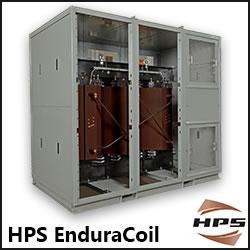Google Invests $280 Million in SolarCity Project Finance Fund
Google Inc. (GOOG) agreed to put $280 million in a new project financing fund for SolarCity Inc., a financier, installer and owner of rooftop photovoltaic systems, in the Internet search engine's biggest clean-energy investment. The deal with San Mateo, California-based SolarCity is also Google's first investment related to distributed solar energy, Rick Needham, the search engine's director of green business operations, said by telephone yesterday. The investment is a "quadruple-win" because it will enable more homeowners to lower their energy bills while also shifting to renewable energy, allow SolarCity to expand its business and facilitate wider deployment of solar, Needham said. Mountain View, California-based Google will also make a return on capital upfront, he said, since its investment is supported by the Treasury Department's cash grants program. As an alternative to tax credits, the program reimburses investors for 30 percent of project expenditures for solar. The program was created after the 2008 financial crisis to revive spending on clean energy. Projects must begin construction by the end of 2011 to be eligible.
Comments (1)
Featured Product

